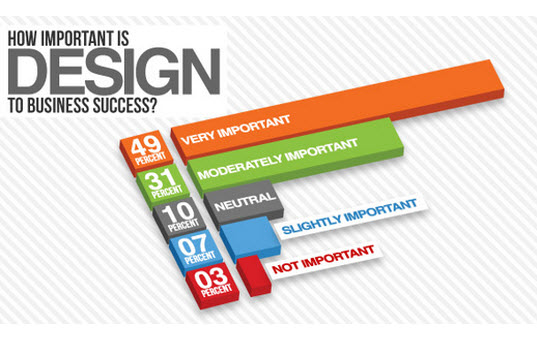The Evolution Of Website Style: From Past To Existing
The Evolution Of Website Style: From Past To Existing
Blog Article
Content Writer-Dalrymple Wong
In the past, sites were basic and concentrated on information. Navigation was direct, and layout was for desktop computers. Now, customer experience is crucial. Data guides layouts for very easy navigating. Responsive layouts fit different devices. Today, dark mode decreases pressure, and minimal menus boost navigation. Interactive attributes involve users, and strong visuals attract attention. AI combination boosts involvement. See just how style has advanced to enhance your online trip.
Early Days of Website Design
In the early days of website design, simplicity preponderated. Web sites were basic, with minimal colors, fonts, and layouts. The focus got on giving details as opposed to fancy visuals. Individuals accessed the internet via slow dial-up links, so speed and capability were crucial.
Navigating food selections were straightforward, typically located on top or side of the web page. Sites were developed for desktop, as mobile surfing had not been yet prevalent. Material was king, and developers focused on simple readability over intricate design aspects.
HTML was the primary coding language utilized, and developers had to function within its restraints. Computer animations and interactive features were minimal compared to today's requirements. Internet sites were static, with little dynamic web content or personalized user experiences.
Rise of User-Focused Style
With the advancement of internet site design, a change towards user-focused style concepts has actually become increasingly noticeable. Today, developing web sites that prioritize user experience is critical for involving site visitors and attaining business goals. User-focused style includes recognizing the requirements, choices, and behaviors of your target market to tailor the site's format, material, and features appropriately.
Designers currently perform comprehensive research, such as individual studies and functionality screening, to gather insights and responses straight from individuals. This data-driven strategy assists in creating instinctive navigating, clear calls-to-action, and aesthetically appealing interfaces that reverberate with visitors. By placing the user at the center of the layout procedure, websites can deliver an extra customized and pleasurable experience.
Responsive style has actually also become a vital facet of user-focused layout, making certain that internet sites are optimized for different gadgets and display dimensions. This versatility enhances ease of access and functionality, satisfying the diverse methods customers engage with sites today. Fundamentally, the rise of user-focused layout signifies a change in the direction of creating digital experiences that prioritize the demands and expectations of completion customer.
Modern Trends in Website Design
Discover the most recent patterns forming website design today. simply click the up coming internet site is dark setting style, supplying a sleek and modern appearance while minimizing eye pressure in low-light atmospheres. An additional key pattern is minimal navigating, streamlining food selections and improving customer experience by concentrating on essential elements. Integrating micro-interactions, such as computer animated switches or scrolling effects, can produce a more interesting and interactive web site. https://www.fool.com/the-ascent/small-business/email-marketing/articles/direct-marketing/ continues to be critical, guaranteeing seamless customer experiences throughout different tools. Additionally, using strong typography and unbalanced layouts can add aesthetic interest and accentuate particular web content.
Integrating AI innovation, like chatbots for client support or customized recommendations, enhances individual engagement and enhances procedures. Access has also become a substantial trend, with designers focusing on comprehensive design methods to accommodate varied user requirements. Embracing sustainability by optimizing website performance for rate and performance is one more arising fad in website design. Collaborating with user responses and data analytics to iterate and boost design constantly is important for staying relevant in the ever-evolving digital landscape. By accepting these modern trends, you can develop a visually appealing, easy to use web site that resonates with your audience.
Verdict
As you assess the development of website layout from the early days to now, you can see exactly how user-focused style has come to be the driving force behind modern patterns.
Accept the journey of change and adaptation in web design, always maintaining the customer experience at the forefront.
Stay current with the most up to date patterns and innovations, and never quit evolving your technique to develop aesthetically magnificent and straightforward web sites.
Evolve, adapt, and create - the future of website design is in your hands.
